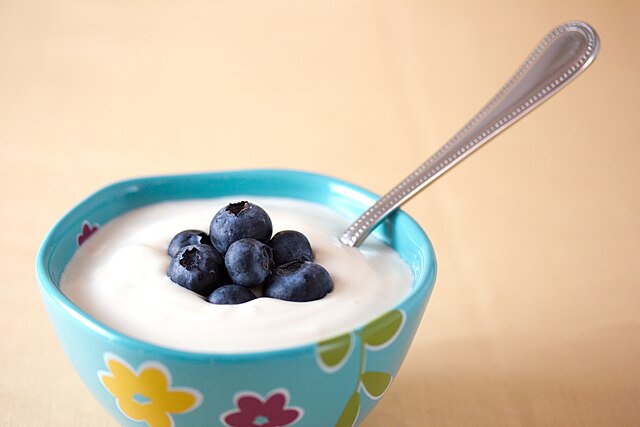Wareable Technology - Best Training Watches
If you can't measure it you can't manage it. A sports watch lets you set targets for your training sessions and records your performance, so you can monitor your progress towards your goals.TomTom Multi-Sport GPS Watch with Heart Rate Monitor
With it's single, easy-to-use joystick button and large clear screen, we found the TomTom multi-sport cardio to be the most intuitive of the watches to use. This may be a short-lived benefit any user would surely learn how to operate whichever watch they bought but there's a lovely simplicity to the way the TomTom functions. It acquired GPS signals at almost exactly the same speed as the Epson and only a few seconds behind the Garmin, and with its pulse monitoring capabilities in the bracelet, there's no heart rate strap to worry about.
However, to make sure the HR monitoring is accurate, the watch has to be securely fastened in the correct position on the wrist we measured wildly different beats per minute on our first couple of 10ks, until we'd found the sweet spot position and remember you'll need a HR strap for cycling if the watch is going to be mounted on the bars. On the plus side, it took just seconds to set up an interval training schedule and the 'virtual racer' where you can race against a previous performance on the same route is a great motivator. If you want to train in specific heart rate zones the watch will not only bleep but also vibrate when you fall outside your pre-set zone, which means you can use it while wearing headphones. The large digits on the screen make it the easiest watch to read, even with wind-watery eyes on a bike or through goggles in the pool. And at the end of a workout TomTom's extremely user-friendly MySports Mobile App makes it straightforward to upload and peruse your data ,it also uploads automatically to MapMyRun and RunKeeper if you prefer a different training record.
Great screen and extremely easy to use whether you're running, cycling or swimming; probably best suited to runners.
Epson Runsense SF-810 GPS Watch with built-in Heart Rate Monitor
For any athlete who prefers not to wear a heart rate monitor but still wants to track their pulse, the Epson Runsense is the answer. An optical sensor in the back of the watch takes heart rate readings from the wrist, and in three 10k runs its results were virtually identical to those of the Suunto which uses a traditional chest strap. The Epson RunSense SF-810 fixes both GPS and heart rate in precious few seconds, and once you've spent time reading the instruction manual (four buttons each with long and short press options), a world of data and functionality arrives at your fingertips. In chronograph mode there are four sets of data displayed on the screen (you can configure which you want where), but we found this rich level of detail harder to read when running hard.
Alongside the expected lap count, times and pace, the RunSense SF-810 lets you set targets for time and distance, and counts down until you've met your goals. It will also beep or vibrate to keep you on track if training in pre-set heart rate zones or to a target pace, and we did like the way it automatically pauses when you stop, so a training PB won't be ruined if traffic prevents you from crossing a road for a minute or two. For runners working on cadence or biomechanics, the Epson has a stride length function, although we can't vouch for its accuracy on our three identical
10k runs our stride length varied by almost 10%, which seemed excessive. Finally, it's worth pointing out that while the Epson RunSense syncs with an app for Apple and Android devices, this is not available in either a version for a Mac nor Windows phone.
Does everything a GPS running watch needs to do, but more expensive and more limited than the TomTom.
Ref : https://www.pinterest.com/punbloga/wearable-technology/
All image from amazon.com








